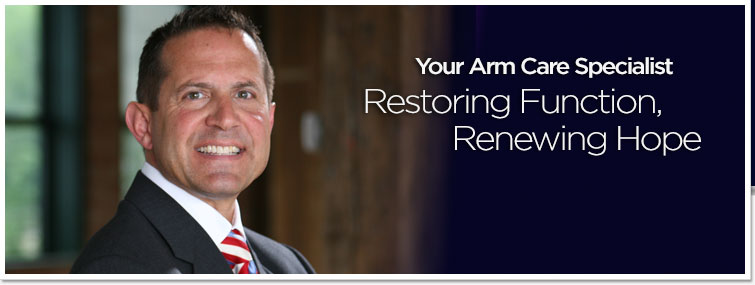NOTICE:
Our Practice has MOVED
Our new location is:
Suite 405
1815 South Clinton Ave
Rochester, NY, 14618.
The NEW phone number is 585-565-3500
Our Practice has MOVED
Our new location is:
Suite 405
1815 South Clinton Ave
Rochester, NY, 14618.
The NEW phone number is 585-565-3500

For appointments call
585.565.3500
Fax Number:
585.434.4081
585.565.3500
Fax Number:
585.434.4081

Making Sense of Ambiguous Evidence
September 13th, 2008
In the September 2008 Harvard Business Review, beginning on page 53, is an interesting article detailing a conversation with Documentary Maker Errol Morris. Based on his work digging into the evidence behind what really happened at Abu Ghraib prison in Iraq, as well as other examples, he talks about letting evidence be your guide when making jugment calls or interpreting events. People may see a photograph and think "...it's obvious what it means...what is displays..." but, Morris suggests, it may not be obvious at all.He opines that people can easily fall into patterns of belief--not necessarily consciously choosing to believe one thing or another--but once one chooses to believe something, one surrenders that belief "reluctantly-if at all". He goes on to suggest that "the perception of reality may differ from person to person, but that doesn't mean there are different kinds of truth or that truth is subjective".
Now---if you are inclined to truly listen to the political dialogue this election season, regardless of your party-line, it becomes very clear that the candidates speak about certain facts liberally, and may even, at times, suggest that a "truth" for one person with a certain belief may not necessarily be a "truth" for another. And, I suppose that when dealing with so many perspectives, expectations of our leaders etc, that this tact is, at the very least "politically correct" even if somewhat disingenuous.
When it comes to your painful shoulder, elbow or hand, however--whether treated before or not-- I agree with what Errol Morris says on page 57.
"I don't believe that there are different kinds of truth. There is one objective reality, period."
So, confusion about what's happening notwithstanding, in most cases we ought to be able to figure it out so that you are comfortable with the information you are receiving and confident in the care. It's your arm---so if you have a question about something, seek out information and become comfortable with. Don't just assume that what one person sees is, indeed, the reality.
I can't tell you how often I see a patient who has been told that they need to live with their painful shoulder etc ...when in fact, they and their provider may be guilty of what I mentioned above--
People may see a photograph and think "...it's obvious what it means...what is displays, and "once one chooses to believe something, one surrenders that belief "reluctantly-if at all".
Making Sense of Ambiguous Evidence requires both looking carefully at the "objective evidence" as well as listening and appreciating your perspective. Then, and only then, can we begin to describe the "Objective Reality".
Replies
M Utter
Your words are perfect. While searching for a 'solution' to my wrist pains waht I really wanted was straigth talk to help me understand and believe what the steps would do for me. While meeting with you in your office, your honesty and candid review and explanation of whats 'happening' was great! No so much that I was being told I need to live with it but really beleiving what was going to be done. I am confortable and confident in your care!
I am truly grateful I saw your add in the paper!
I look forward to working with you no matter what we decide to do!
September 15th, 2008 @ 1:32 pm



